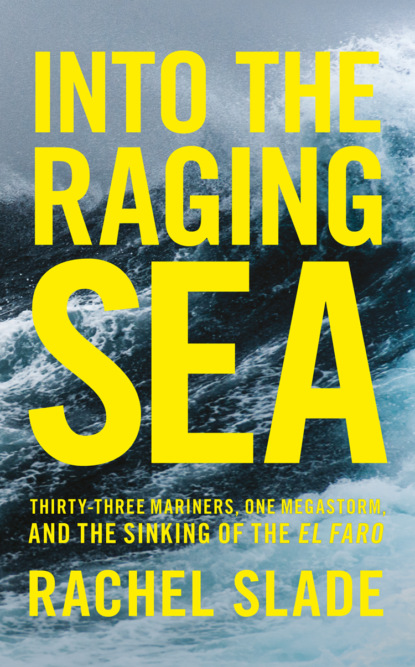По всем вопросам обращайтесь на: info@litportal.ru
(©) 2003-2024.
✖
Into the Raging Sea: Thirty-three mariners, one megastorm and the sinking of El Faro
Автор
Год написания книги
2019
Настройки чтения
Размер шрифта
Высота строк
Поля
American manufacturers couldn’t risk losing their customers abroad. Any interruption in the supply chain presented yet another risk in an inherently dicey business. Economics were one thing. Political turmoil was another. Weather always loomed large, ready to thwart a shipper’s best-laid plans. But operating at the mercy of organized labor was an insulting vulnerability. How could shippers cut out the uncertainty of people from the logistics equation?
The answer was containerization. A one-size-fits-all shipping crate that could be packed, shipped, and reused would make things go a lot faster. Regardless of what you loaded in the box—rubber duckies, underwear, guns—it would stack neatly onto a ship’s deck along with the others, just like children’s blocks. You’d need a lot fewer dockworkers. No more thinking. Just pack, stack, and go.
You’d have to standardize a lot more than the shipping crate to get containerization to work. Successful implementation would require every port of call to embrace a universal system because only special cranes could load and unload such big, heavy crates. Someone had to patent an open-source design for the box itself. Every naval architect would need to imagine new vessels to accommodate the box’s dimensions. From New York to Papua New Guinea, all ports would have to invest in container-ready cranes to accommodate a standardized mounting clip system, and clear huge open lots nearby to warehouse empty boxes. Someone would have to design and build new flatbed trucks onto which containers could be lowered directly from the ship and driven straight onto the interstate.
Вы ознакомились с фрагментом книги.
Приобретайте полный текст книги у нашего партнера:
Приобретайте полный текст книги у нашего партнера:





